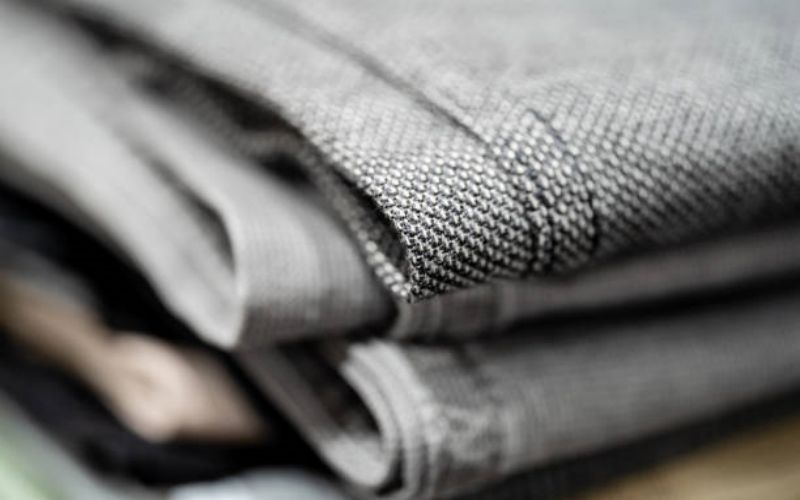Table of Contents

Introduction: Understanding the Importance of outdoor clothing fabrics
When it comes to outdoor adventures and activities, having the right clothing is crucial. Outdoor clothing fabrics play a significant role in providing comfort, protection, and durability in various weather conditions. Whether you are hiking, camping, or engaging in other outdoor pursuits, understanding different types of fabrics can help you make informed decisions when choosing your gear. In this article, we will explore ten different aspects of outdoor clothing fabrics to help you make the best choices for your outdoor adventures.
1. The Importance of Breathability
One of the key features to consider when selecting outdoor clothing fabrics is breathability. Breathable fabrics allow air and moisture to pass through, keeping you dry and comfortable during physical activities. Fabrics such as GORE-TEX and eVent are known for their exceptional breathability, making them ideal choices for activities that involve high levels of exertion.
2. Waterproof and Water-Resistant Fabrics
Outdoor clothing fabrics often come with waterproof or water-resistant properties to protect you from rain, snow, or water splashes. Waterproof fabrics, like those treated with a durable water repellent (DWR) finish, prevent water from penetrating the material. Water-resistant fabrics, on the other hand, offer some level of protection but may not be completely waterproof. Understanding the difference between these two options can help you choose the right fabric for your needs.
3. Insulating Fabrics for Cold Weather
When venturing into colder climates, having proper insulation is essential. Insulating fabrics help trap body heat and keep you warm in low temperatures. Popular options for outdoor clothing insulation include down feathers and synthetic materials like Thinsulate. These fabrics not only provide excellent warmth but also offer lightweight and compressible qualities, making them convenient for layering.
4. Quick-Drying Fabrics for Wet Environments
If you frequently engage in water-based activities or expect to encounter wet conditions, choosing quick-drying fabrics is crucial. Fabrics with moisture-wicking properties efficiently move sweat away from your body, allowing it to evaporate quickly. Nylon and polyester are commonly used in outdoor clothing due to their quick-drying capabilities, ensuring you stay comfortable even when exposed to moisture.
5. UV Protection for Sun Safety
When spending time outdoors, protecting your skin from harmful ultraviolet (UV) rays is vital. Fabrics with built-in UPF (Ultraviolet Protection Factor) provide an additional layer of defense against the sun's harmful rays. Look for outdoor clothing made from fabrics like nylon or polyester that offer UPF 50+ protection, shielding you from the sun's harmful effects.
6. Durability and Abrasion Resistance
Outdoor activities can put clothing fabrics to the test, subjecting them to rough conditions and potential abrasions. Choosing durable and abrasion-resistant fabrics ensures that your outdoor gear can withstand the rigors of your adventures. Fabrics like Cordura and ripstop nylon are known for their durability and resistance to tears, making them ideal choices for backpacks, tents, and other outdoor equipment.
7. Lightweight and Packable Fabrics
When it comes to outdoor clothing, weight and packability are crucial factors, especially for those who enjoy backpacking or traveling light. Fabrics such as polyester and nylon offer excellent lightweight properties, allowing you to carry your gear with ease. Additionally, packable fabrics can be compressed into small sizes, maximizing space in your backpack or luggage.
8. Odor-Resistant Fabrics for Extended Wear
Extended outdoor adventures often involve limited access to laundry facilities. Choosing odor-resistant fabrics can help minimize unpleasant smells, allowing you to wear your clothing for longer periods without discomfort. Fabrics with antimicrobial treatments, like merino wool, have natural odor-resistant properties, making them popular choices for base layers and socks.
9. Eco-Friendly and Sustainable Fabrics
In today's environmentally conscious world, many outdoor enthusiasts are seeking eco-friendly and sustainable clothing options. Fabrics made from recycled materials, organic cotton, or bamboo offer environmentally friendly alternatives to traditional synthetic fabrics. Choosing these fabrics can help reduce your carbon footprint and contribute to a greener planet.
10. Layering and Versatility
Layering is a fundamental concept in outdoor clothing, allowing you to adapt to changing weather conditions and activity levels. Fabrics that are compatible with layering, such as fleece and softshell, offer excellent versatility. They provide warmth, breathability, and moisture-wicking properties, making them essential components of any outdoor adventurer's wardrobe.
